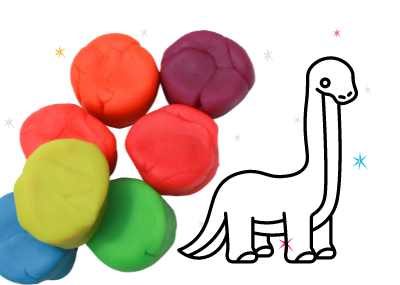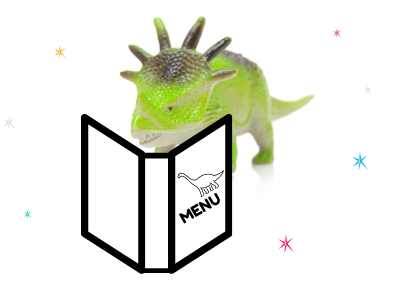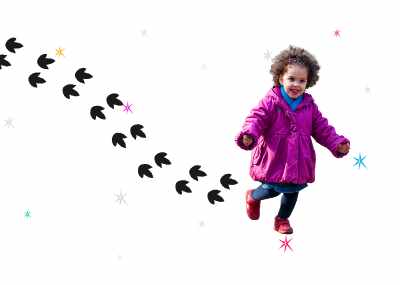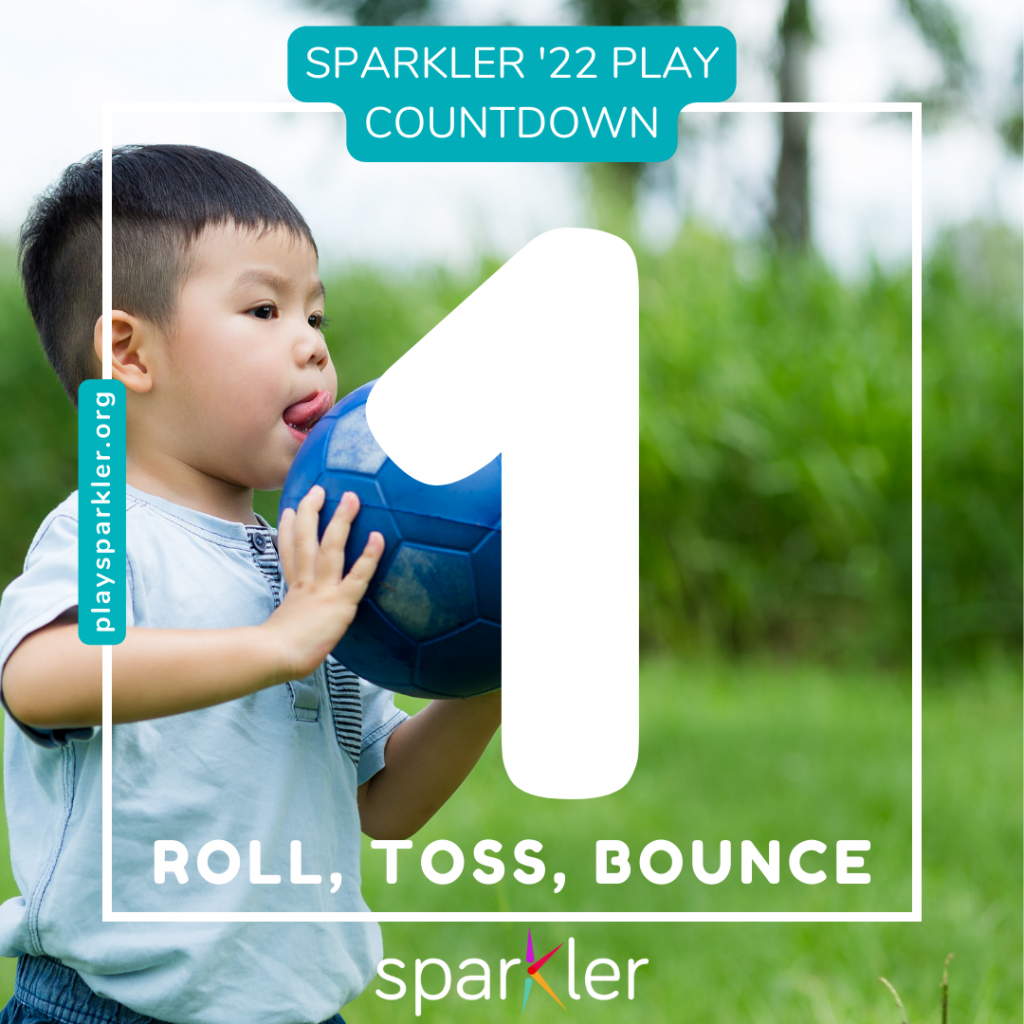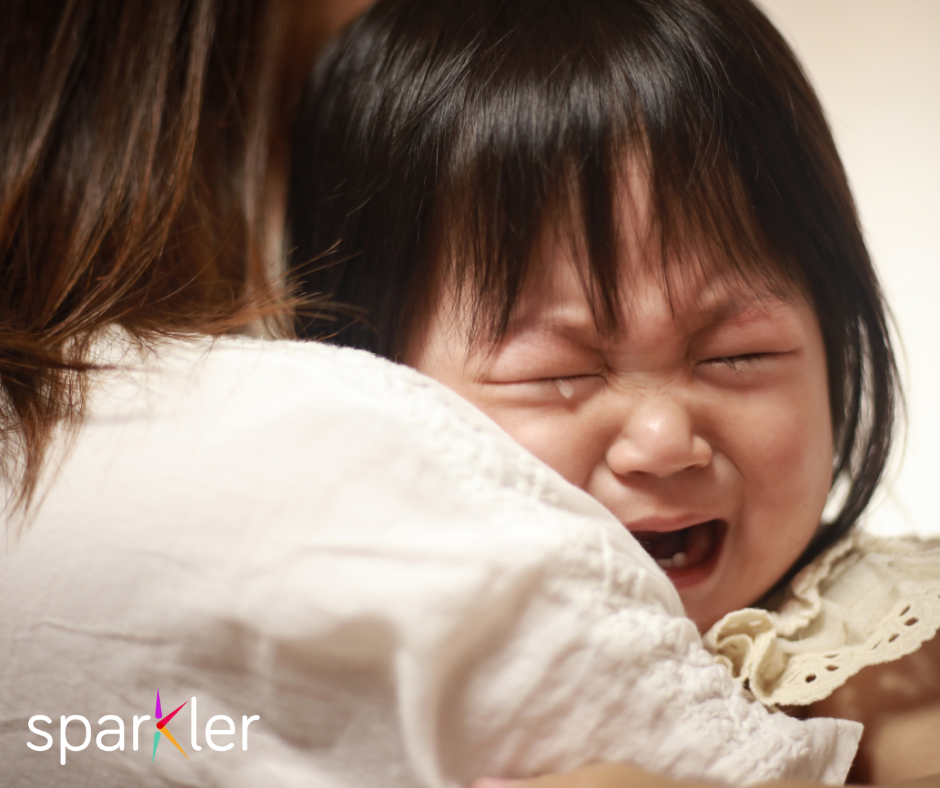Q&A with Bethanne: How to Support Families with Ongoing Screening and Promotion
Sparkler spoke with Bethanne Vergean, who leads family and community engagement for Sparkler Connecticut and is the Learn the Signs Act Early ambassador for Connecticut, about the importance of ongoing developmental screening and promotion in the early years.

What is developmental screening and why is it important?
Developmental screening is a quick snapshot of your child’s developmental progress. Screening helps parents and providers to better understand children’s early growth and learning: Which skills have they developed? Which ones might need a little more practice or support? It’s estimated that 1 in 7 children are affected by developmental delays or other related challenges, but only about 1 in 5 of those kids gets identified before school begins. The earlier and the more that we screen, the better we can get at identifying which kids might need early interventions.
What is developmental monitoring? How is it different from screening?
Developmental monitoring is done by families and caregivers every day as they watch their child play, speak and move. Screening is a more formal process, using a validated tool like Ages & Stages Questionnaires, but both are important. We’re so excited to be sharing Sparkler with Connecticut families because it brings together monitoring, screening, and ongoing promotion, making it easier for families to track and support their children’s development in the early years.
You're the Learn the Signs. Act Early. Ambassador for the state of Connecticut. What is Learn the Signs?
Learn the Signs is a program from the CDC (Centers for Disease Control and Prevention) that aims to improve early identification of children with autism and other developmental disabilities so children and families can get the services and support they need as early as possible. Learn the Signs shares checklists of the skills that most children develop at each age in early childhood. Parents can find these checklists in Sparkler’s app under Tips for Adults to check on what skills their children should develop between birth and age 5.
How early should families complete an Ages & Stages Questionnaire?
As early as possible! The first ASQs are for two month old babies! Ideally families will complete these questionnaires throughout their child’s early years to understand their development, celebrate the milestones they achieve, and have the info they need to support them.
Should all families complete ASQ? Or just families with concerns?
Everyone! Studies show that people — even experts — aren’t great at identifying delays if they are not using screening tools. When everybody screens, parents and providers have the information they need to know who might need extra support! The exception to this rule is families who have children who are already diagnosed with delays. If a child is already receiving early interventions, there’s no need to complete more screening. (Families can still use Sparkler to find fun learning activities to play together, regardless of a diagnosis!)
People say "repeat screening" or "screening over time" is important. Why? How often should families be doing this?
Children learn and grow so much — and so quickly — in the early years! The skills they develop in the first five years help them get ready for everything that comes later — succeeding in school, navigating friendships, playing on teams. Screening early and often throughout early childhood helps families understand and support their children’s learning along the way.
Families tend to enjoy completing the questionnaires. I've always thought it's because it helps them celebrate all the things their kids CAN do! How have you seen parents react to the ASQ over your career?
Yes! Screening helps parents learn what their children can do. When they try the skills in the ASQ — like walking up steps or drawing straight lines — parents are often surprised at all of the amazing skills that their kids have developed. Completing the screening can also help parents articulate questions or concerns they have, setting up really valuable conversations with their teachers or other providers.
How can parents use Sparkler to promote learning in an ongoing way after completing the screening?
PLAY! Plain and simple play is the most powerful tool we have to help children learn and grow in the early years. Playing games, pretending, creating, going on adventures, singing, talking: all of these playful moments in children’s days are helping them develop important skills. Parents can use Sparkler to find thousands of play activities that can help them play and learn with their children.
How can families use Sparkler to tap into the network of support available to families in the state of Connecticut?
Connecticut is the birthplace of Help Me Grow, a national system of early support that helps parents with young children. One important part of Help Me Grow is having a centralized access point for parents — a hub where families can get information and tools to help their kids if they have concerns in the early years. In Connecticut, that access point is 211 Child Development — and Sparkler connects parents directly with 211. If a parent asks a question in Sparkler’s two-way chat, they can get follow up and support from a care coordinator at 211; if they have a concern about their child’s development and are looking for what to do next, they can reach out to 211 through Sparkler. By putting Sparkler in parents’ pockets, we’re expanding access to the support that all parents need and deserve. It’s hard to be a parent. We never have all the answers! Sparkler is a tool that makes it easier for parents to access the answers and help they need.
YOU have been working on early childhood in Connecticut for a long time! Can you tell us a little bit about your background?
I have been working in Early Childhood for 20 years! Early in my career I experienced working with families and young children by providing Health and Developmental screenings. This opportunity brought me such joy to work with families and guide them on the development of their children. Being the Learn the Signs Act Early Ambassador, I have had the opportunity to travel around the state and provide training to healthcare professionals, state agencies, home visitors, and early childhood programs. It is even more exciting now that I can share my work as an Ambassador and being a part of the Sparkler team to ensure that families have greater access to the information and resources they need to help their children.

